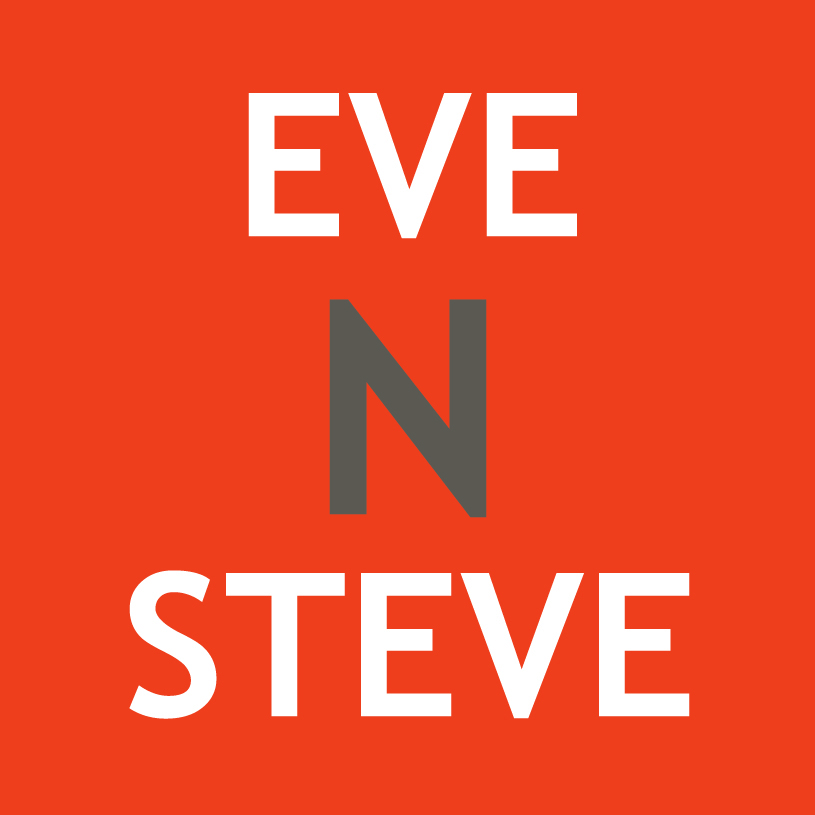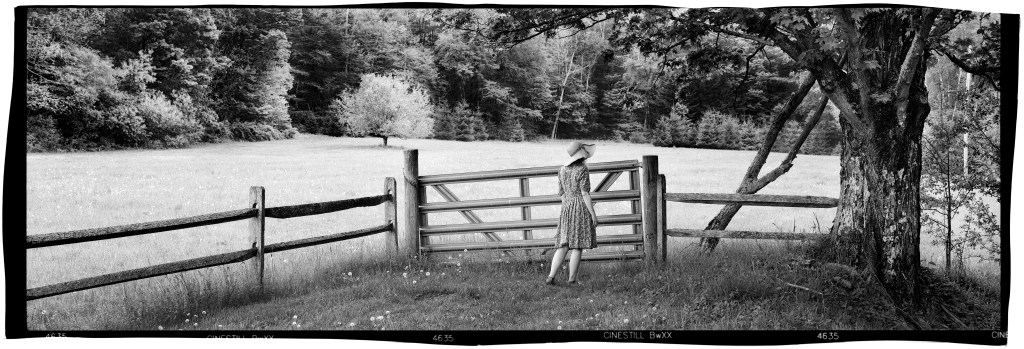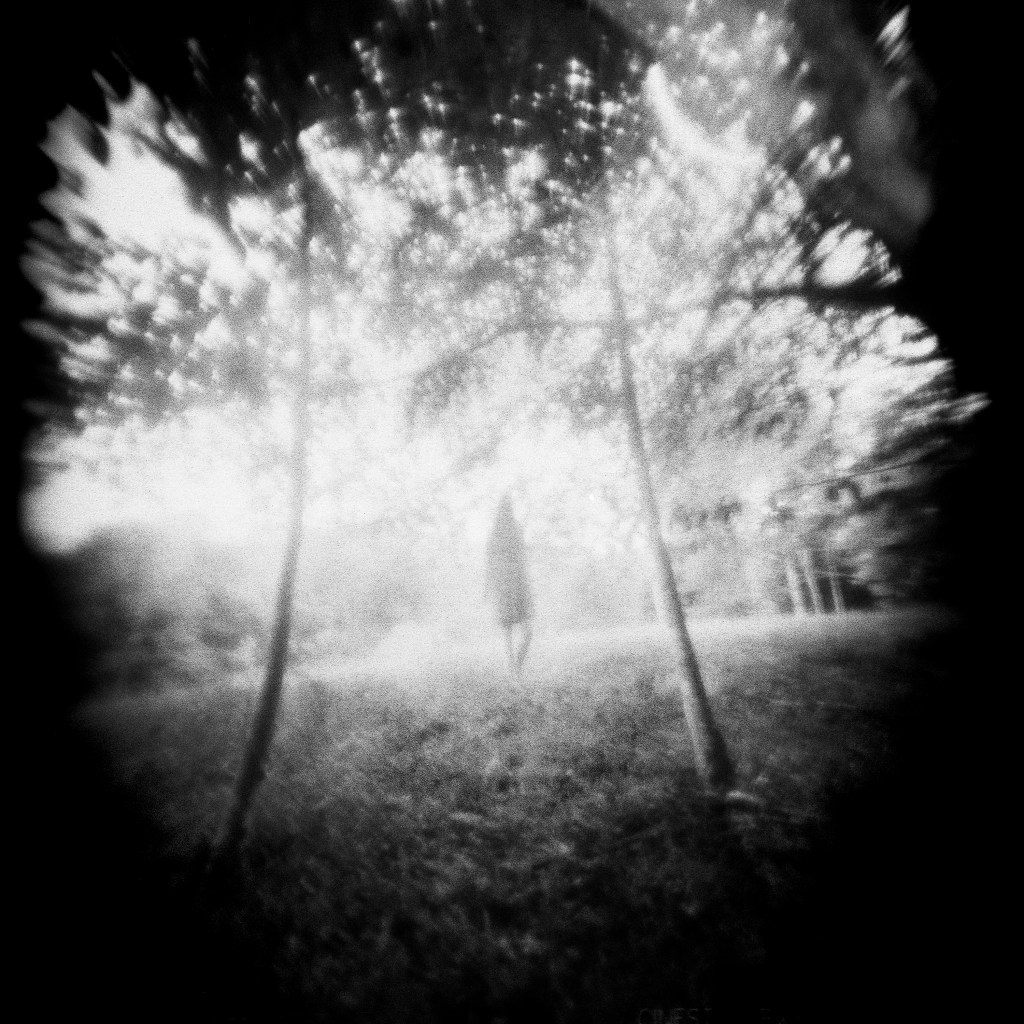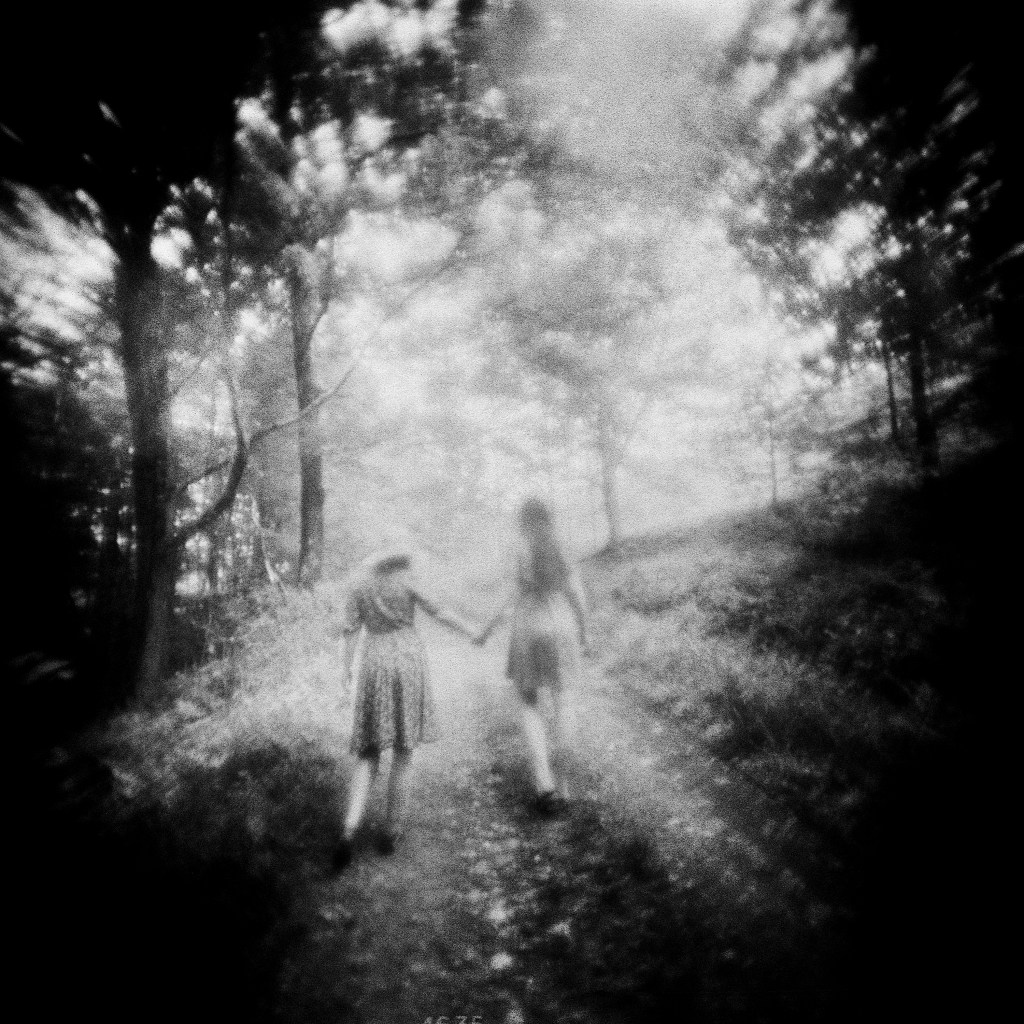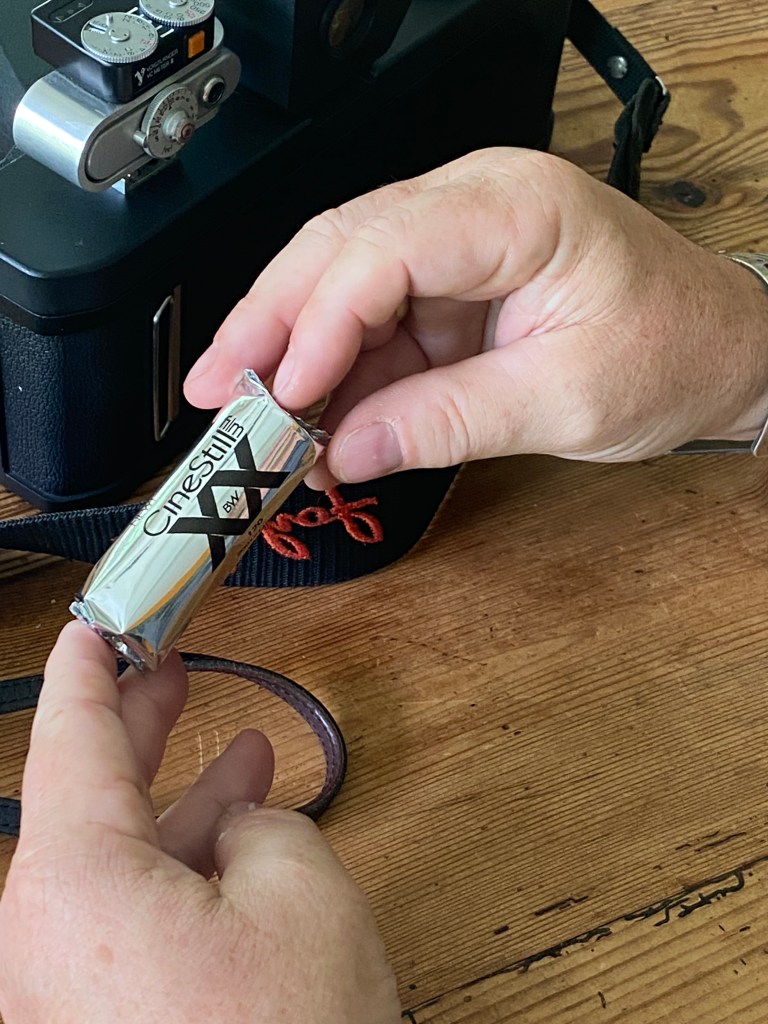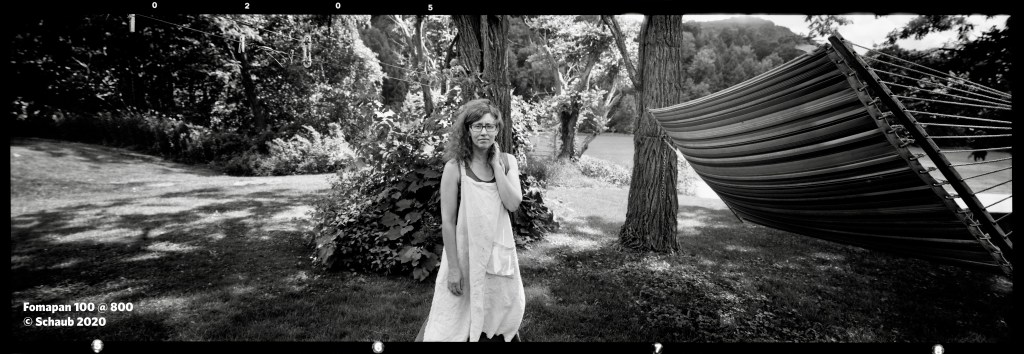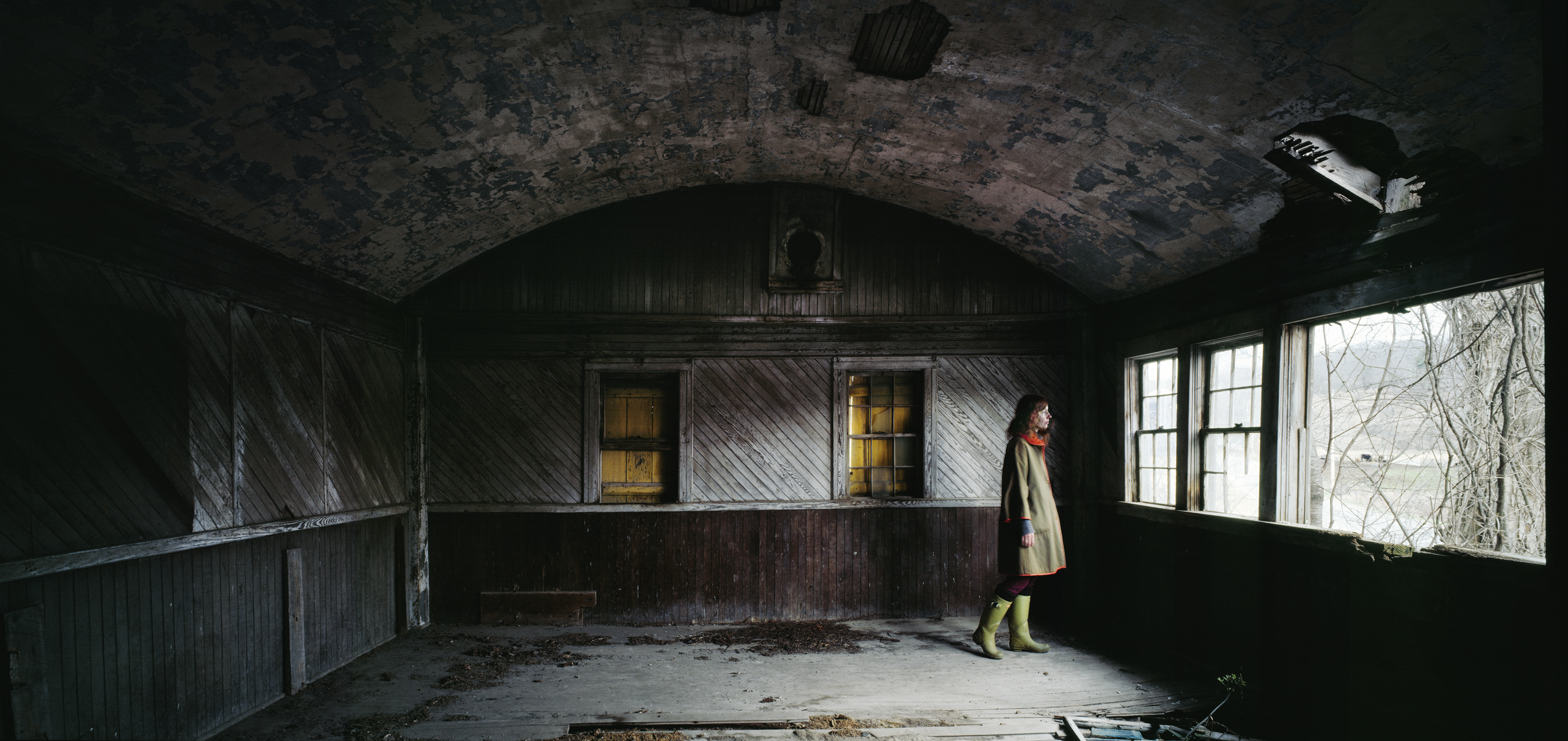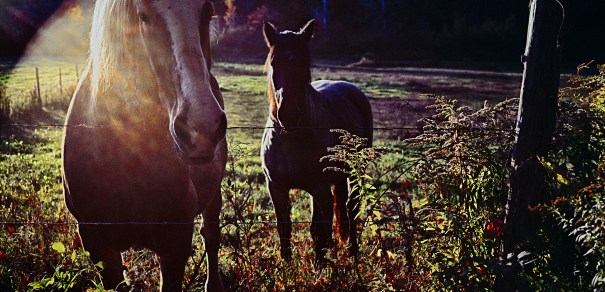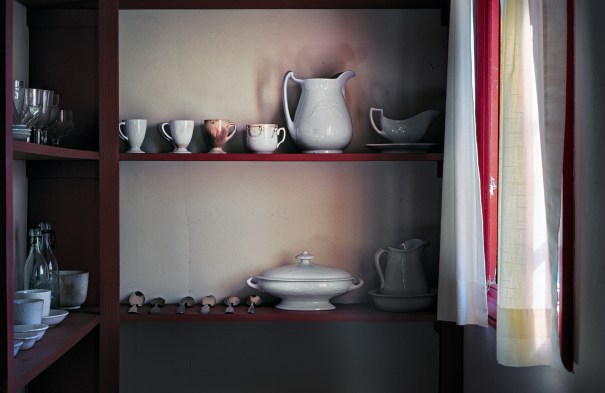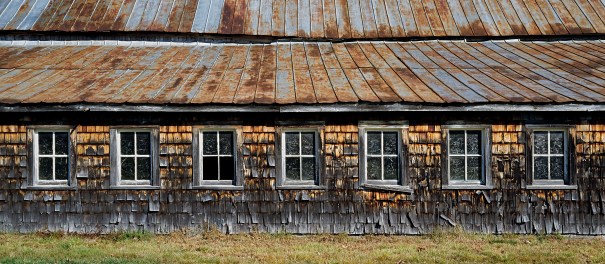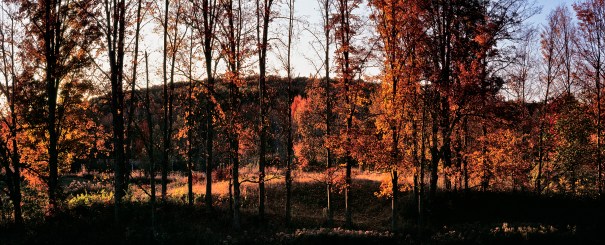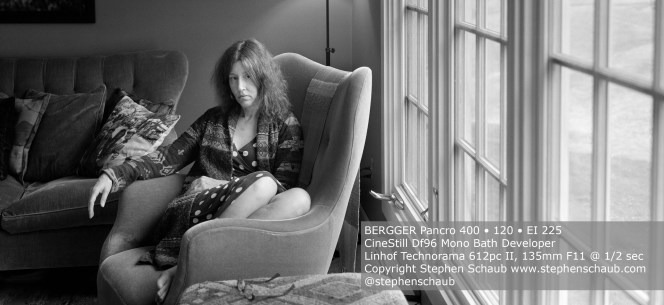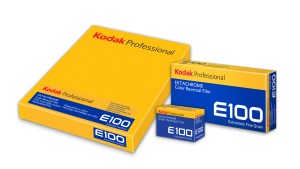
Today is a very exciting day! Kodak has just released Ektachrome E100 in both 120 and 4×5… how’s that for a holiday present?!
Sample images below: please note they are somewhat bigger files so they make take a moment to load.
Reimagining Transparency Film
By Stephen Schaub
When I was asked to shoot a few test rolls of the new Ektachrome 100 in 120 it just happened to be October, and I just happen to live in Vermont. Of course, New England is famous for these few short weeks each year when the light, crispness and color engages and captivates, turning all who experience it into artists who want to capture it. The timing could not have been better.
Although my current artworks are large, complex, in-camera collages on film, often employing cross-processing and alternative developers, I realized that work would not have been a suitable test for the few precious rolls of film Kodak sent to me. Rather, I revisited my earlier, more traditional methods of working and enjoyed returning to an earlier version of myself.
I chose to shoot familiar places. I really wanted to see how the color, dynamic range and sharpness of this reborn film in 120 would behave compared to my normal negative materials. I am pleased to report that everything I loved about the old Ektachome 100 is back in a big way: the color, the pop, and the sharpness are all there. The exposure latitude is extremely good, and scanning the film was easy.
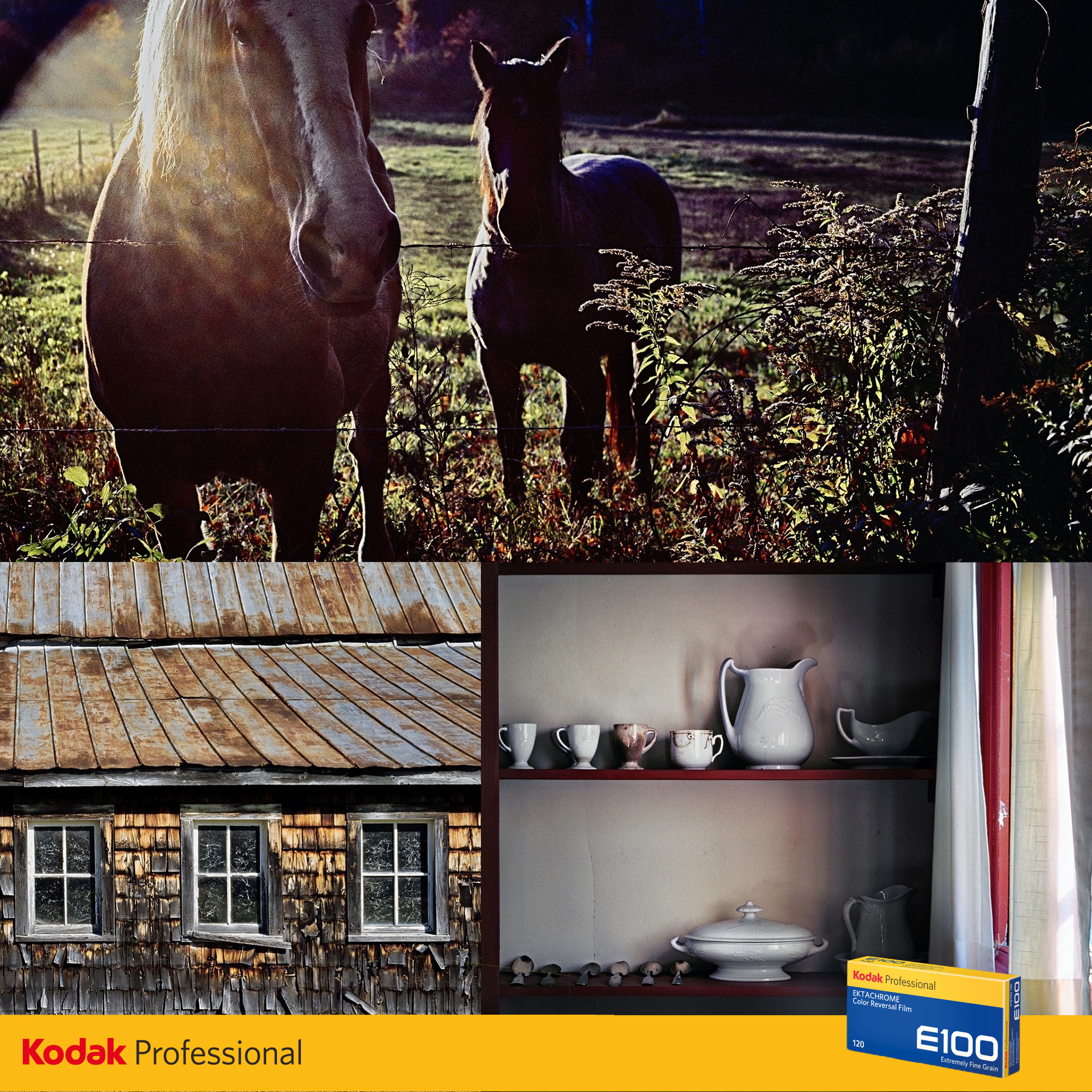
Working with the combination of my Linhof Technorama 612 PCII and lenses by Schneider Kreuznach provided a profound depth and clarity, and really brought out the technical best in this film. Coupled with scans from my Imacon Scanner the resulting files really know no limits of scale of reproduction.
As a vocal advocate of traditional film, I think and talk a lot about how our relationship to film has changed; this test got me thinking in particular how much our relationship has changed with regards to transparency film. Years ago I would have been juggling a color meter and every Wratten Gelatin filter imaginable in order to color-balance the film to the light source(s) for perfect accuracy. My concern for shadow depth and detail would have resulted in most cases in a pre-exposure to balance contrast. But in 2019, with 99% of film users working in a Hybrid Workflow of film capture and digital scan, all of that is changed. Transparencies that once would have been considered too light or too dark can in most cases be saved through well thought-out scanning techniques. Choices of appropriate color spaces during the scanning process are as important to the final image as masking and color corrections were to making a great print in days gone by.

Transparency materials are unique: they have a pop, a micro-clarity and a feeling that is lost to color negative materials. The ability to edit work directly on the light table is significant. Moving forward, our relationship with transparency film is built on previous strengths but now with more advantages than ever. Kodak’s Ektachrome 100 is showing us that way.
Follow all fifteen photographers who are part of the launch on Instagram:
Stephen Schaub
Wendy Laurel
Sandra Coan
Jesse Pafundi
Michael Strickland
Mariana Montrazi
Gabriela Olmeda
Victor Laborde
Timo Kerber
Ian Howorth
Eddie Otchere
F & R
Yao Keng
Haosen Jin
Mr. Koichi Akagi
Official Press Release from Kodak Alaris:
Kodak Alaris Announces EKTACHROME E100 Availability in 120 and Sheet formats
ROCHESTER, N.Y. Dec 10, 2019 – Kodak Alaris today announced the launch of EKTACHROME E100 in larger formats. A new 120 format 5-roll propack and a new 10 sheet 4×5 box will be available to order within the next 10 days, worldwide.
These new format offerings follow on the highly successful launch of EKTACHROME E100 in 135-36x size last year. “Our new E100 film is a big hit with photographers of all ages” said Dennis Olbrich, President – Kodak Alaris Imaging Paper, Photo Chemicals and Film. “The market response has been tremendous. Adding 120 and sheet films takes us to the next level.”
Sales of professional photographic films have been steadily rising over the last few years, with professionals and enthusiasts alike rediscovering the artistic control offered by manual processes and the creative satisfaction of a physical product.
KODAK PROFESSIONAL EKTACHROME Film E100 is a daylight balanced color positive film, featuring clean, vibrant colors, a neutral tone scale, and extremely fine grain. Its distinctive look is well suited to a wide range of applications, such as product, landscape, nature and fashion photography.
We’ve posted images from some of the photographers who participated in our pre-launch activities. Check out their work on our social media channels.
To learn more, please visit http://www.kodakalaris.com/go/profilms
Follow us on Twitter @kodakprofilmbiz and Instagram @KodakProfessional
Like us on Facebook http://www.facebook.com/kodakprofessional
Viva la Revolution- Steve!




